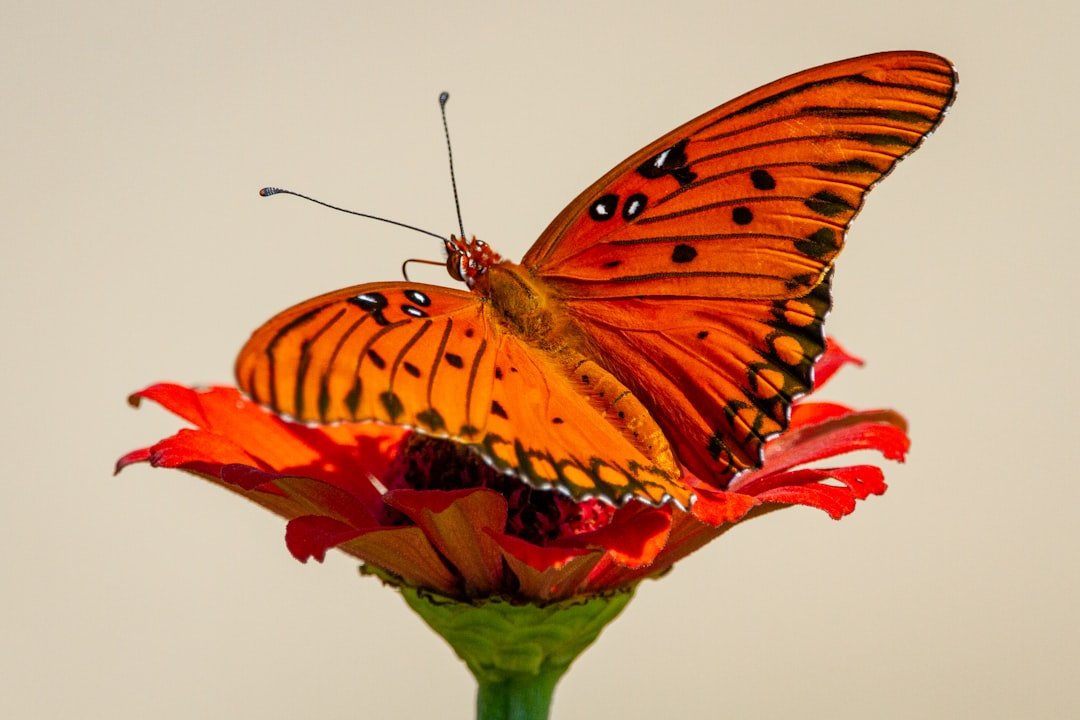Impact of Noise Pollution on Wildlife In recent decades, noise pollution—generally understood to be undesired or harmful sound that interferes with the natural acoustic environment—has become a major environmental concern. This phenomenon affects ecosystems & the wildlife that lives there, making it more than just an urban annoyance. There are many different sources of noise pollution, including urban development, recreational activities, transportation systems, & industrial operations. Environmental noise levels have increased due to the encroachment of human populations into natural habitats, which can have significant impacts on wildlife. Noise pollution has wide-ranging effects on animals, impacting not only their physical well-being but also their behavior, communication, and general survival.
Key Takeaways
- Noise pollution is an increasing concern for wildlife, as it can have detrimental effects on their behavior, communication, reproduction, survival, distribution, and habitat use.
- Wildlife behavior can be significantly impacted by noise pollution, leading to changes in foraging, mating, and predator avoidance.
- Noise pollution can interfere with wildlife communication, affecting their ability to locate mates, defend territories, and warn of predators.
- Disruption of wildlife reproduction and survival can occur due to noise pollution, leading to decreased reproductive success and increased stress levels.
- Changes in wildlife distribution and habitat use can result from noise pollution, causing animals to avoid noisy areas and potentially leading to habitat fragmentation.
Persistent noise can interfere with wildlife species’ ability to adapt to their surroundings, changing how they use their habitat & how their populations behave. It is essential for conservation efforts and biodiversity preservation in an increasingly noisy world to comprehend the complex impacts of noise pollution on wildlife. Wildlife’s behavioral reactions to noise pollution are intricate and diverse, frequently varying based on the species & type of noise. For important functions like mating, foraging, and avoiding predators, many animals depend on sound. These behaviors may be considerably changed when exposed to louder noise levels.
For example, research has demonstrated that in noisy settings, birds may alter their vocalizations or decrease their singing patterns, which may impact their capacity to draw mates & mark out territories. Also, wildlife may become more stressed as a result of noise pollution. When repeatedly disturbed, animals may show signs of anxiety or change their eating habits. Because they must use their energy to deal with the noise instead of foraging or raising young, animals under stress may have lower survival and reproductive success rates. Over time, the cumulative effect of these behavioral shifts may result in population declines, underscoring the pressing need for action and awareness regarding noise pollution. Many species rely on communication to transmit information about potential threats, food sources, and mating opportunities.
Noise pollution interferes with these channels of communication, which frequently causes animals to misunderstand or miss signals. To navigate and hunt, for instance, marine mammals like dolphins and whales mainly rely on vocalizations and echolocation. Effective communication between these animals can be hampered by increased underwater noise from industrial operations and shipping traffic. The difficulties are similar in terrestrial settings.
| Species | Impact of Noise Pollution |
|---|---|
| Birds | Disruption of communication, nesting, and feeding |
| Marine Mammals | Interference with echolocation and communication |
| Amphibians | Changes in calling behavior and breeding success |
| Terrestrial Mammals | Alteration of foraging and predator avoidance |
Birds that use song to defend their territories or attract mates may find that urban noise drowns out their calls. Reduced reproductive success & changed social structures within populations are two possible outcomes of this disruption. Also, because animals may not be able to hear their peers’ warning calls, poor communication skills can make them more vulnerable to predators. The ripple effects of communication breakdowns emphasize how closely soundscapes and wildlife behavior are related. Beyond just causing immediate behavioral changes, noise pollution can also interfere with wildlife populations’ ability to reproduce and their overall survival rates.
Certain environmental cues, such as auditory signals, are essential for the successful reproduction of many species. Breeding seasons may be postponed or mating success may be decreased when noise pollution disrupts these cues. In noisy environments, for example, female birds may be less likely to select mates, which could result in a decrease in genetic diversity within populations, according to studies. Also, wildlife may experience physiological effects from the stress brought on by continuous exposure to noise. Increased stress hormones can weaken the immune system and lower general health, leaving animals more vulnerable to illness and predators.
Chronic noise exposure has occasionally been connected to lower birth rates and higher rates of young animal mortality. The survival of wildlife populations is seriously threatened by these reproductive difficulties as they mount up over many generations. Noise pollution affects wildlife distribution and habitat use by changing animal behavior and reproductive success. It’s possible that many species will have to leave their native habitats in quest of more tranquil places where they can flourish.
Since animals may displace other species and modify existing ecosystems as they move into new areas, this shift may result in changes in community dynamics. According to research, for instance, some bird species are less likely to live close to industrial sites or busy roads because of the increased noise levels. Also, the disturbance brought about by noise pollution may have a domino effect on ecosystem health and food webs.
When animals move, they might run into predators or competitors they aren’t prepared to face. The ecological landscape may eventually change as a result of this disturbance, which may cause some species to decline while others flourish. Effective habitat management & conservation planning depend on an understanding of these changes. Population Reduction and Threat of Extinction. As survival rates fall & reproductive success falters, prolonged exposure to high noise levels can eventually cause population declines.
If human activity makes their habitats more uninhabitable, species that are especially sensitive to sound disturbances may go extinct. repercussions for the stability of ecosystems. Such declines in biodiversity can have profound effects on the resilience and stability of ecosystems.
Also, the effects of noise pollution may not always be felt right away; it may take years or even decades for populations to fully experience them. Strategies for Monitoring & Conservation. Therefore, monitoring programs are crucial to comprehending these long-term trends & putting conservation strategies into action.
Through the evaluation of population dynamics over time, scientists can pinpoint species that are at risk and create focused interventions to lessen the negative effects of noise pollution. Effective management techniques and mitigation strategies in wildlife areas are essential components of a multifaceted strategy to address the problems caused by noise pollution. The creation of quiet zones or buffer areas around important habitats where human activity is limited or avoided is one promising approach. These areas can help preserve the natural soundscapes that are vital to the survival of sensitive species and offer them sanctuary. Further lowering noise pollution levels is the integration of sound-reducing technologies into transportation infrastructure and urban planning.
To reduce disturbances to nearby wildlife habitats, for example, roads can be designed with sound barriers or construction projects can use quieter machinery. Campaigns for public awareness that inform local populations about the harm that noise pollution causes to wildlife can also promote conservation and responsible behavior. Future studies will be vital in guiding conservation initiatives as our knowledge of how noise pollution affects wildlife continues to develop.
Researchers are using more and more sophisticated technologies, like acoustic monitoring systems, to evaluate the soundscapes of different ecosystems. With the use of these technologies, researchers can collect data on noise levels and their effects on wildlife behavior in real time, giving them important information about how various species react to disturbances. Also, creating comprehensive plans to reduce the negative effects of noise pollution on wildlife will require interdisciplinary cooperation between ecologists, urban planners, and legislators. Incorporating ecological factors into land-use planning and development initiatives allows stakeholders to design spaces that promote both wildlife conservation and human activity. In the end, a determined effort is required to guarantee that humans and wildlife can live in harmony with one another while taking in the sounds of the natural world for future generations.
In summary, wildlife in a variety of ecosystems is seriously threatened by noise pollution. Its impacts on behavior, communication, reproduction, distribution, and long-term population dynamics highlight how urgently awareness and action are needed. All living things can benefit from healthier ecosystems and a reduction in the negative effects of noise pollution on wildlife by implementing efficient mitigation techniques and continuing research projects.



